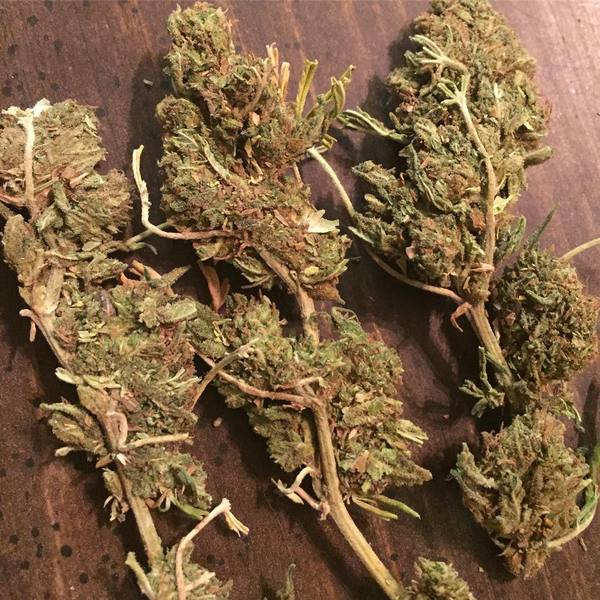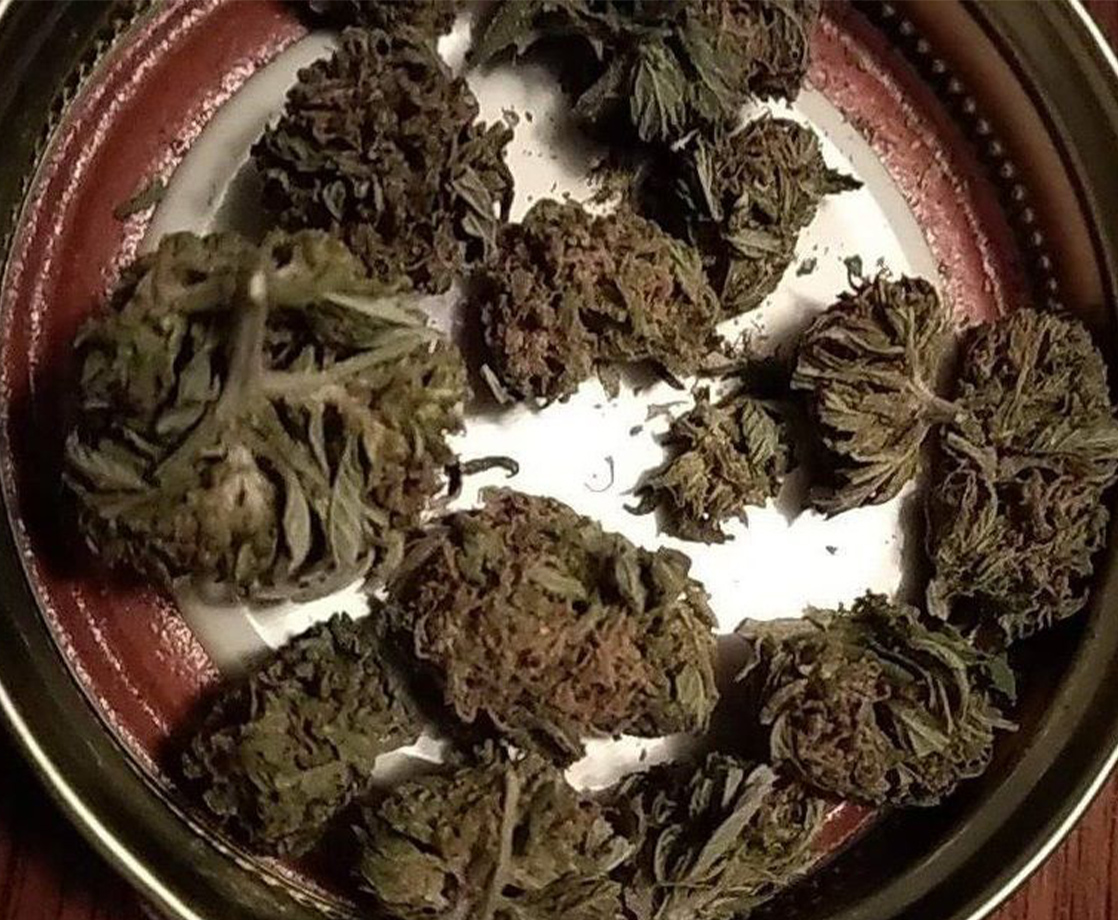In a perfect world, we would all be strangers to the concept of “reggie” weed. That’s because “reggie” (slang for regular) is essentially the dregs of cannabis flower — bud from the bottom of the barrel. In some ways a successor to “brick” weed — plastic-wrapped blocks of generic pot more likely to give you a headache than a high — “reggie” is what you call cannabis unworthy of a more specific name. Thus, “reggie” does not represent one single strain or ratio of CBD to THC, but rather the entire spectrum of weed that is, by common opinion, subpar.
Before recreational cannabis was commercially available, most of the pot-smoking population was most likely regularly getting down with “reggie.” That’s because the advent — first of medical, than later recreational — cannabis reform has led to vastly improved growing conditions which, in turn, has elevated the quality of flower available to purchase to an almost incalculable degree. With a superior alternative available, “reggie” became a shorthand way of describing product inferior to what’s found on dispensary shelves.
On a more serious note, “reggie” weed also poses a danger to consumers, given its propensity to be found on the illicit market. Risks of inhaling mold or pesticide residue mean that “reggie” weed isn’t only a bummer for its lacking taste, potency, and appearance — it can also get you sick.
Need help determining if the buds in front of you might be “reggie” weed? Read through the guide below to learn all the telltale signs of unimpressive pot.

I. Color
Before you’ve engaged your nose (and certainly before your taste buds come into play), one can often spy “reggie” weed by sight. Healthy pot has a number of classic cues, including bright colors. Cannabis that looks yellowed or brown with age is always best avoided. Another thing to look for is trichomes — top-notch weed should be rich with these sticky crystals, while “reggie” is often barren on this front. Reminder: the trichomes are really what make a given bud of flower worth smoking, so anything devoid of this cannabis essential is probably not worth your time.
II. Scent
Another way to analyze the quality of your cannabis is to give it the old smell test. While variances among strains means that there is no one singular “correct” scent when it comes to pot, there are certainly red flag aromas to be aware of. Cannabis that smells musty — like it’s been stored in a basement or somewhere dark and dingy — is not to be consumed. Ditto anything that gives off a chemical stench. On a more subtle level, weed that offers little aroma or simply smells “off” is best discarded, as well. Weed should smell natural and aromatic, so trust your nose!
Gallery — Moldy Marijuana and Signs That Your Bud Is Bad:
III. Taste
Unfortunately, you may sometimes only begin to wonder about the quality of your cannabis once you’ve smoked some. If you’ve advanced to the point where can actually taste the pot in question, are you noticing any terpene flavors? Notes of blueberry, lemon, or pine are signs that your flower is well-stocked on the terpene front, while anything that fails to produce some or any of these common tastes is almost certainly low-quality. Again, that runs the gamut from alarming, improper tastes (chemicals, mold) to the sheer lack of any taste at all. Whichever end of the spectrum your “reggie” may land on, the best option is to toss it (responsibly) and look for something far more delicious.

IV. Potency
In some cases, “reggie” weed may be fine, which is to say remarkably average. Pot need not be tainted with toxic substances to qualify as “reggie” weed. For some, the matter comes down to potency. There is a galaxy of valid reasons to consume cannabis, but benefitting from the medicinal effects of the plant is hopefully a common desire among all fans of pot. If the flower you’re consuming is failing to deliver the expected high, that’s a qualifier for “reggie” status, as well.
However, one must be careful not to confuse strains bred to deliver subtler highs with poor-quality weed. But unless you bought your flower from a trusted grower or dispensary, this point is likely irrelevant. Assuming your pot was procured through other means, weak potency — be it feeling no effects at all, feeling a headache instead of a high, or feeling a notably fleeting or frail high — is another hallmark of “reggie” weed.
Without question, the best option to ensure you never spark another bowl of “reggie” again is to only purchase cannabis from reliable sources. For some, this may not be a viable option at the moment. In that case, a discerning eye and nose are a great first line of defense. Trust your instincts, too; if the buds seem off, they probably are. Always try to remember (bummer though it may be) that no pot is better than tainted pot!
Follow Zack Ruskin on Twitter











